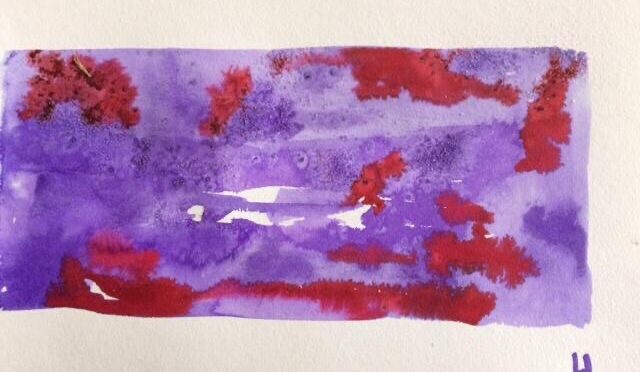Research in this area aims at further developing understandings of displacements that impact people, knowledge and practices by exploring the ways they are transformed as they pass through space and time. The term ‘displacement’ covers the whole scope of mobilities, flows and circulations related to people, material and cultural goods and ideas. Displacement entails renegotiating and reshaping the content it affects. Indeed, it involves crossing borders, whether symbolic or concrete, where interactions, exchanges, contacts and frictions can occur. Continue reading Research Area 1 – Displacements, “Dépaysements” and Discrepancies: People, Knowledge and Practices
Category Archives: Research
Research area 2 – Norms & Transgressions
Contemporary discourses on freedom of expression, multiculturality, emigration or sexuality persistently toy with the notion of transgression. Transgression can be viewed as a strategy adopted by various actors–religious, cultural, social–to claim and legitimate such norms they deem alternative to the established hierarchies, conventions, traditions, canons and laws. As a discourse, transgression contests the absolute authority of the existing norms, and questions their performative power with its own. As a practice though, it leans on a repertoire of actions (violence, humour, silence, and so forth), which do not necessarily imply any assertion nor self-awareness, for social practices of transgression cannot be reduced to their moral comment. Continue reading Research area 2 – Norms & Transgressions
Research Area 3 – Objects, Traces, Mapping: Everyday Experience of Spaces
This research focus is based on both an empirical and a symbolic definition of space (social, geographical, historiographical), considered as a construction prompted by practices and experiences.
Experiencing space is framed by the layout imposed by objects– architectural, instrumental, or common–as demonstrated by current research on the social life of objects, which grasps them in their interactions with individuals and groups. Such an everyday experience of objects is intertwined with a range of symbolical structures: mental mapping, through which space is both surveyed and imagined; traces of a presence/absence, which are open to the archaeology of events both gone and surviving; palimpsests, with their time layers; and boundaries, both concrete and symbolical, through which space is defined, classified, organized and made one’s own. Continue reading Research Area 3 – Objects, Traces, Mapping: Everyday Experience of Spaces



